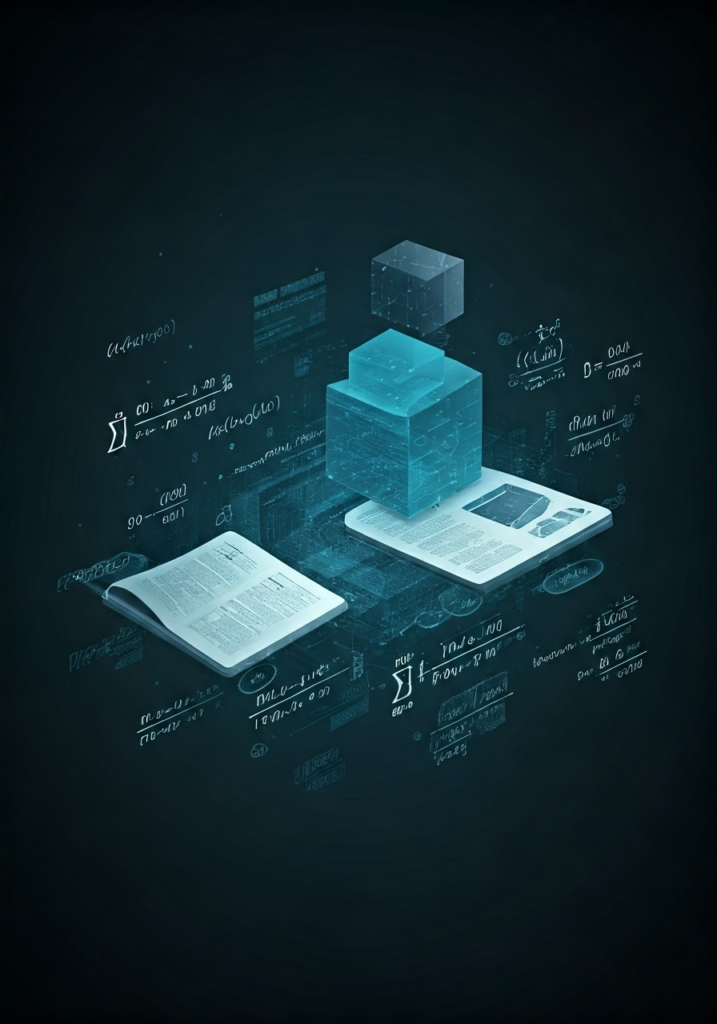Grade XII Applied Mathematics Practice Questions
1. Which equation represents the eigenvalues of the matrix ( begin{bmatrix} 2 & 1 \ 1 & 2 end{bmatrix} )?
- (lambda^2 – 4lambda + 3 = 0)
- (lambda^2 – 4lambda + 4 = 0)
- (lambda^2 – 3lambda + 2 = 0)
- (lambda – 3 = 0)
2. The area of the region bounded by the curves ( y = x^2 ) and ( y = x ) is:
- 0.1667 square units
- 0.3333 square units
- 0.5 square units
- 1 square unit
3. Solve the linear system using matrix inversion method: ( x + 2y = 5 ) and ( 3x + 4y = 11 ).
- (x = 1, y = 2)
- (x = 2, y = 1.5)
- (x = 3, y = 1)
- (x = 7, y = -1)
4. What is the Fourier transform of ( f(t) = e^{-|t|} )?
- (frac{2}{1 + omega^2})
- (frac{1}{1 + omega^2})
- (frac{2}{omega^2 – 1})
- (frac{2omega}{1 + omega^2})
5. A function ( f(x) ) is defined as ( f(x) = left{
begin{array}{ll}
x^2 & quad x < 1 \ 2x + 1 & quad x geq 1 end{array} right. ). Find the limit ( lim_{x to 1} f(x) ).
- 1
- 2
- 3
- Does not exist
6. Calculate the derivative of the function ( g(x) = ln(x^2 + 1) ).
- (frac{2x}{x^2 + 1})
- (frac{2}{x^2 + 1})
- (frac{x}{x^2 + 1})
- (frac{1}{2x(x^2 + 1)})
7. The integral ( int frac{x^2}{x^2 + 1} dx ) can be solved by:
- Partial fractions
- Substitution
- Integration by parts
- Direct integration
8. A probability function ( P(x) ) is defined for ( x = 0, 1, 2, ldots ). If ( E(X) = 1 ) and ( operatorname{Var}(X) = 2 ), what is the distribution of ( X )?
- Poisson distribution
- Binomial distribution
- Normal distribution
- Exponential distribution
9. The solution to the differential equation ( frac{d^2y}{dx^2} – 4frac{dy}{dx} + 4y = 0 ) is:
- (y = (C_1 + C_2x)e^{2x})
- (y = C_1 e^{2x} + C_2 e^{-2x})
- (y = C_1 e^{4x} + C_2 e^{-4x})
- (y = C_1 cos(2x) + C_2 sin(2x))
10. The length of the curve ( y = ln(cos x) ) from ( x = 0 ) to ( x = frac{pi}{4} ) is:
- (frac{pi}{4})
- (frac{1}{4})
- (ln(2))
- Cannot be determined



